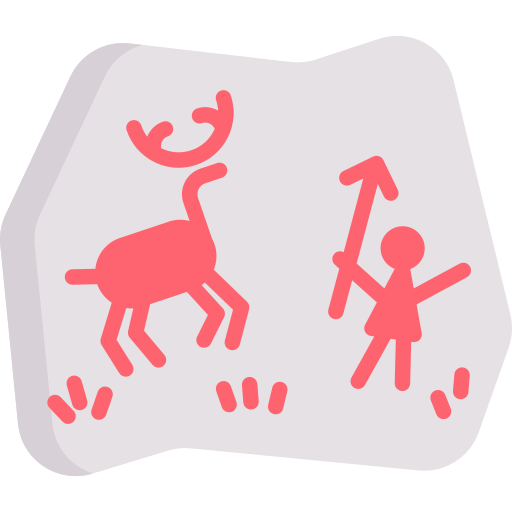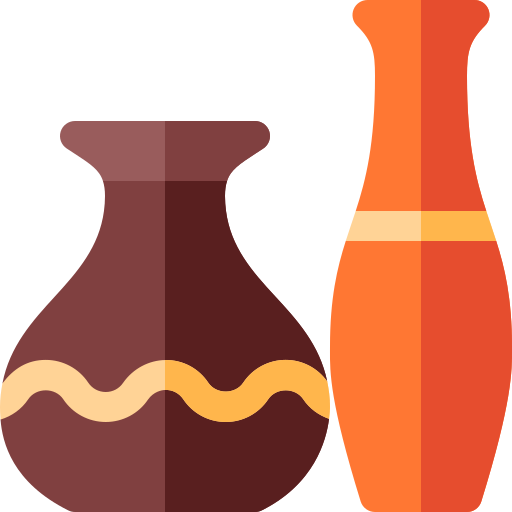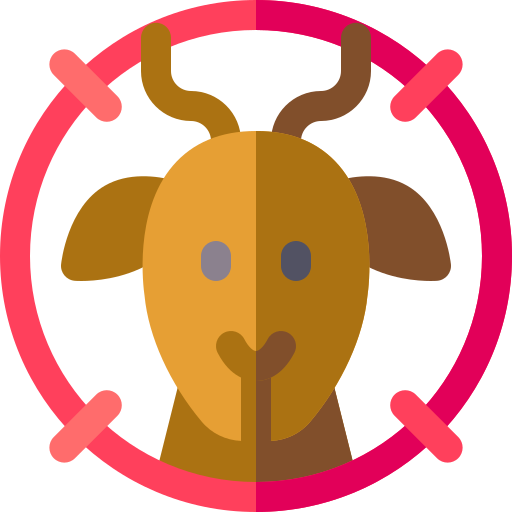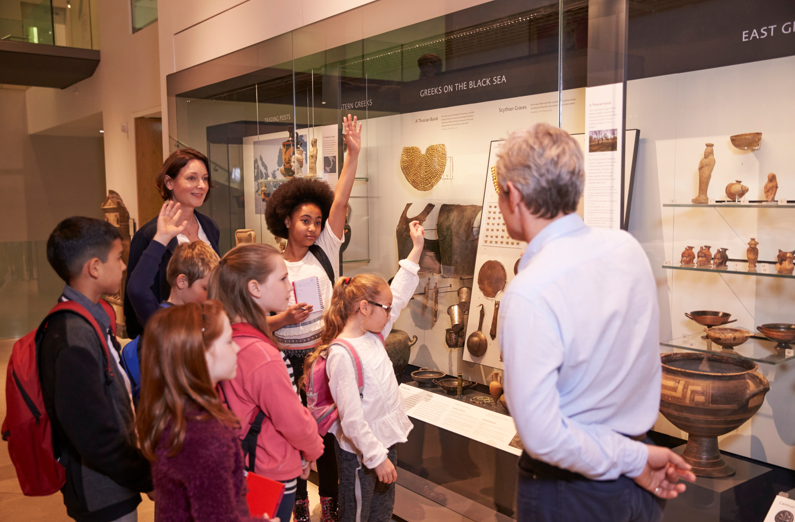Part A Vocabulary
Learn the vocabulary and idioms related to the topic, and describe the picture.

Part A_1 Vocabulary
We’ll read aloud the words and expressions below. Please repeat after me. I will check your pronunciation.
(Please send the mispronounced words and expressions to your student.)
講師の真似をして単語を発音しましょう。
Part A_2 Vocabulary

|
prehistoric
有史以前の
|

|
remind ~ of …
~(人)に…を思い出させる
|

|
artifact
(遺跡などでの)文化遺物
|

|
mysterious
神秘的な、不可思議な
|

|
hunt
狩猟をする
|
|
not A but B
AではなくBである
|


Part A_3 Vocabulary
Now, let’s review some words from part A_2.
(Please review the mispronounced words and expressions from part A_2.)
復習しましょう。
Part A_4 Vocabulary


Part A_5 Picture description
Now, please look at the picture below. Give three actions that you see in the picture.
以下の写真を見てください。3人の人物が何をしているか描写してみましょう。

Part A_6 Picture description

Part A_7 Picture description
| 1. | |
| 2. | |
| 3. |


Part A_8 Picture description
Now, let’s review your answers.
Please review your student’s answers by sending the correct answers in complete sentences. After that, ask your student to read aloud his or her corrected answers.)
復習しましょう。
Part A_9 Picture description

Part B Passage reading
Read sentences and check your pronunciation. Make sure you understand the content.

Part B_1 Passage reading
You will read aloud the passage below. I will check your pronunciation and intonation.
(Please send the mispronounced words and expressions to your student.)
文章を読みましょう。
Part B_2 Passage reading
Digging into mystery
We were introduced to some examples of Australian prehistoric paintings. They were very interesting. Some of them reminded us of Japan’s own prehistoric artifacts. An example is the dogu, earthen figures created in the Jomon period. We’ll tell you more about Japan’s mysterious dogu. But we’d like to share with you what life was like in the Jomon period. It gets its name from the “rope patterns” that appear in its pottery.
People have found Jomon artifacts all over Japan. One of them was found at Sannai-Maruyama in Aomori in 1992. Researchers found six big holes on the ground with the remaining parts of wooden pillars. They were the base of a wooden structure. Maybe hundreds of families lived in this village. Many people chose to live there permanently. They hunted animals, fished, and picked berries and mushrooms. The Jomon people loved to decorate themselves with jewelry made of bone, stone, and shell. The village is now gone, but lots of people are coming back, not to live there, but as tourists.


Part B_3 Passage reading
Now, let’s review some words and sentences from part B_2.
(Please review the mispronounced words and sentences from part B_2.)
復習しましょう。
Part B_4 Passage reading


Part B_5 Comprehension questions
I will ask the following questions. Please answer based on the passage. I will check if your sentences are complete and if the grammar is correct.
講師が以下の質問をします。読んだ内容をもとに答えましょう。

Part B_6 Comprehension questions
| 1. | From where did the Jomon period get its name? |
Part B_7 Comprehension questions
| Answer: |


Part B_8 Comprehension questions
| 2. | What did researchers find at the Sannai-Maruyama site? |
Part B_9 Comprehension questions
| Answer: |


Part B_10 Comprehension questions
| 3. | What did the Jomon people love to do? |
Part B_11 Comprehension questions
| Answer: |


Part B_12 Comprehension questions
Now, let’s review your answers.
(Please review your student’s answers by sending the correct answers in complete sentences. After that, ask your student to read aloud his or her corrected answers.)
復習しましょう。
Part B_13 Comprehension questions

Part C Fill in the blanks
Fill in the blanks with the correct words/phrases to complete the sentences.

Part C_1 Fill in the blanks
Please choose a word/phrase to complete each sentence. Then, read aloud the sentences.
言葉を選んで文章を完成させましょう。そのあと音読しましょう。
Part C_2 Fill in the blanks

mysterious
hunt
remind ~ of …
| 1. | Thank you. These gifts will always __________ me _____ you. |
| 2. | Some animals __________ at night. |
| 3. | The painting looks __________. |


Part C_3 Fill in the blanks
Now, let’s review your answers.
(Please review your student’s answers by sending the correct answers in complete sentences. After that, ask your student to read aloud his or her corrected answers.)
復習しましょう。
Part C_4 Fill in the blanks

Part D Q&A
Answer the questions and check your grammar. Make sure you understand the content.

Part D_1 Q&A
Please answer the following questions. I will check if your sentences are complete and if the grammar is correct.
講師が質問しますので答えましょう。


Part D_2 Q&A
| 1. | Have you ever visited any historical sites? |
Part D_3 Q&A
| Answer: |


Part D_4 Q&A
| 2. | Are you interested in how people lived in the past? |
Part D_5 Q&A
| Answer: |


Part D_6 Q&A
| 3. | What do you think the Jomon people would think if they saw our lives today? |
Part D_7 Q&A
| Answer: |


Part D_8 Q&A
| 4. | What do you think we can feel and learn from what the ancient people left us? |
Part D_9 Q&A
| Answer: |


Part D_10 Q&A
Now, let’s review your answers.
(Please review your student’s answers by sending the correct answers in complete sentences. After that, ask your student to read aloud his or her corrected answers.)
復習しましょう。
Part D_11 Q&A

Part E Free talk
Talk about the following topics.

Part E_1 Free talk
Let’s do a free talk about the following topics.
(Please do a free talk if you have time left.)
フリートークをしましょう。

Part E_2 Free talk
| 1. | Do you like history class? What did you learn in history class recently? |
Part E_3 Free talk
| Answer: |


Part E_4 Free talk
| 2. | Which country’s history would you like to study? Why? |
Part E_5 Free talk
| Answer: |
